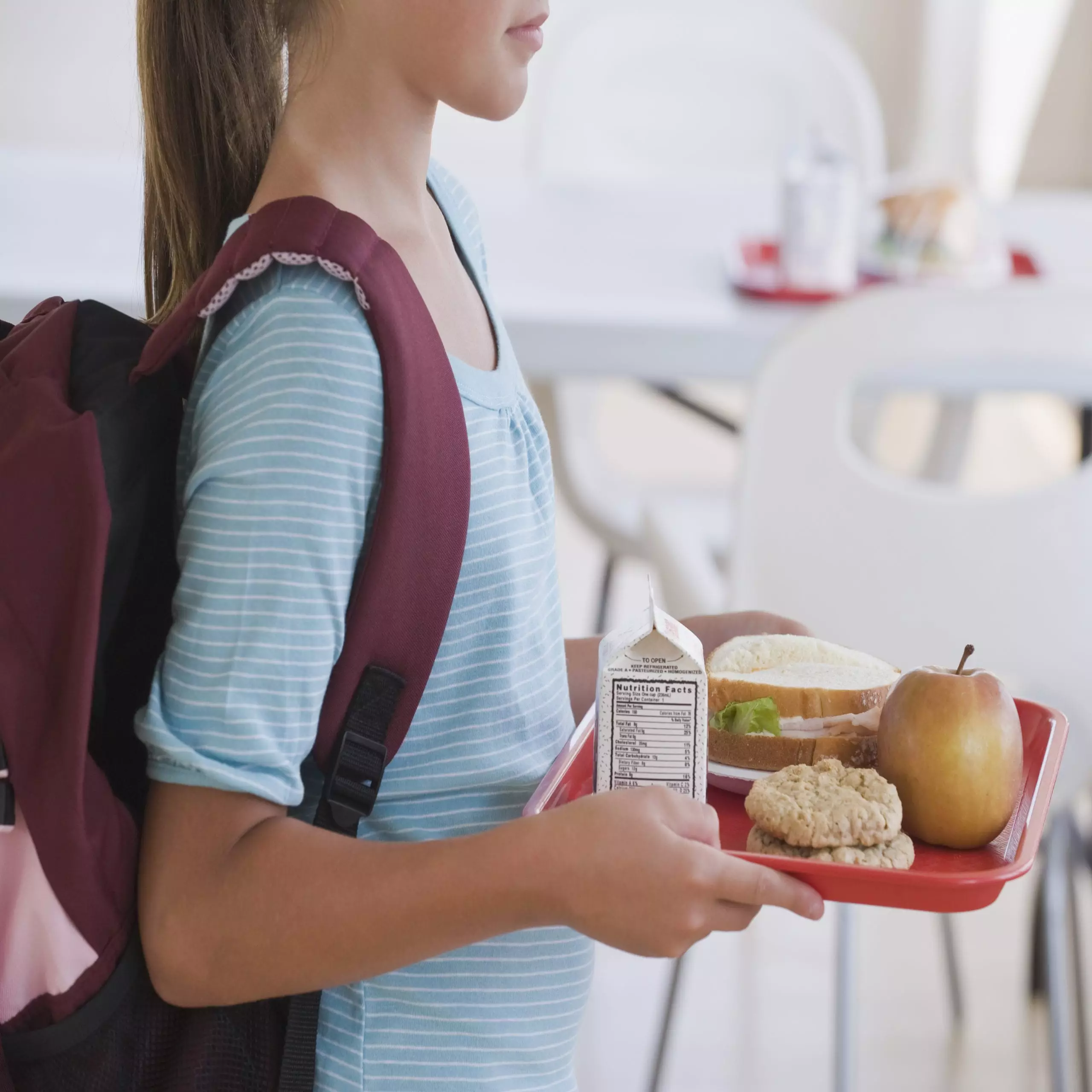Navigating the world as a pediatrician and a mother of three, I encountered a challenging conundrum while introducing solid foods to my twins. My background as an Indian immigrant shaped my culinary experiences, particularly when my own mother expressed horror at my use of plastic dishes. She replaced my plastic bowls and spoons with traditional stainless steel ones, instilling in me a deep-rooted belief in the safety and tradition of using metal in cooking and serving. Fast forward to today, where I find myself advocating for similar practices in a country where plastic overabundance threatens not only our health but also the planet.
The launch of my venture, Ahimsa, stemmed from the urgency and conviction that American families, unlike those with similar cultural backgrounds, have not been adequately informed about the dangers of plastic in food ware. The statistics surrounding plastic usage and its negative effects are staggering, but the educational groundwork lies well behind purely selling products. As parents, we strive to create safe environments for our children, and yet the very dishes we serve food from can be a source of hidden threats.
The Legislative Laxity: A Call to Action
Delving deeper into the regulatory landscape of food-related products in the U.S., one can’t help but feel a mixture of outrage and disappointment. With over 10,000 additives sanctioned by the FDA—many based on obsolete scientific research from the 1950s—our children are exposed to materials that could disrupt their hormonal systems and impact their growth and cognitive development. It’s astounding to think that much of our children’s food is served on plastic—although marketed as convenient, it remains silent about the health risks it entails.
It is high time we demanded accountability. Institutions, schools in particular, are still heavily reliant on disposable plastics that not only contribute to landfills but also expose children to hormone-disrupting chemicals. The statistics about the national school lunch program alone denote a concerning reality: 34 million children partake in meals primarily served on plastic. The lack of action and awareness surrounding this issue today echoes an urgent need for a shift in how we think about children’s safety in relation to food ware.
Taking the Fight Beyond Awareness
The environmental repercussions of plastic usage extend beyond individual households and schools; they ripple into ecosystems and compromise marine life. The visible pollution in our oceans is a stark reminder of the cumulative impacts of our choices. Furthermore, major medical organizations have begun to advocate for the shift away from plastic use—clarion calls we cannot afford to ignore.
Ahimsa isn’t merely a business; it is a crusade aimed at redefining societal norms regarding food ware for children. By collaborating with scientists, health professionals, and legislators, we have systematically begun to forge alternatives that prioritize health over convenience. The evident link between our toxic plastic existence and deteriorating health demands not just consumer awareness but institutional accountability. With scientific advancements of the past decade bringing alarming findings to light, it’s critical for modern regulations to reflect current realities.
The Movement Toward Stainless Steel and Sustainability
A concrete movement, the #ItMatters initiative, has emerged as a platform for educating families about safer alternatives to plastic. Steps can range from simple changes at home to collective advocacy directed at schools to embrace stainless steel options. Mobilizing the community can lead to significant reductions in waste and chemical exposure. Small changes can cascade into a broader cultural shift towards environmental awareness and responsibility.
Children should never have to compromise their health for the sake of convenience. As parents and advocates, it’s our duty to spark this dialogue, mobilize our local communities, and push for necessary legislative changes like the Break Free From Plastic Pollution Act. By engaging actively with lawmakers and educational institutions, we can alter the trajectory of how children experience meals at school—transforming their dietary landscape into a safer space devoid of harmful chemicals.
Every action counts. From reaching out to local schools urging them to transition to more sustainable practices, to contacting members of Congress to support reform in food safety regulations, the narrative of our children’s health and safety can indeed be rewritten. It is a call for protection—one that not only serves the interests of today but embodies hope for generations to come. As the adage goes, “If not us, then who?”

